In the early days of a growing my start-up, I was working on every task that I could get my hands on, constantly adding points to my to-do list.
When I started to slowly hire more people, the list didn’t shorten.
Eventually, I was working on so many things, that, really, none of my tasks were getting done.
I started to realize: the more tasks I work on, the less productive I am. But that was counterintuitive to the way we were told business works.
Our mainstream start-up culture is always pushing optimization.
There’s always a little bit further you can go, a little harder you can push, and if you don’t try to the bitter end, then you’ve failed.
Though optimization — in theory — is important to growing your product, in practice — your day to day is also about getting stuff done. Not squeezing every last drop of success out of a given task, while ignoring the growing list of work below it.
So what is an alternative way to get things done?

Less tasks = better work
Basecamp’s Jason Fried is a strong advocate of working smarter but not so hard and on so many things that he loses the game.
On the podcast Love Your Work, Fried explains that he’s never been interested in extreme optimization or squeezing every last dime out of anything.
The growth hacking model, however, demands optimization at every turn. And it’s easy to get caught up in the hamster wheel of blowing your way through task upon task that can get you further ahead, especially when the mainstream media models it.
But Fried’s success is an example of how doing less can actually get you more.
Optimize your way to success, yes.
But recognize that, eventually, obsessive optimization can become a detriment to future accomplishments.
Your brain needs what is called ‘working memory’ or temporary brain storage in order to think creatively and problem solve. An increasing number of studies find that when you have too many focuses, your brain can’t find space for creative problem solving.
I don’t know about you, but as the founder of Jotform, a company with over 100 employees and 3.5 million users, I can’t afford to keep spooning more onto my plate which will guarantee that there won’t be enough space for it all.
Would you rather accomplish a few tasks well or so-so a whole list of them?
Let’s look at how to get things done with fewer things to do.

Let’s start with intention implementation:
1. Intention Implementation
Research shows that you are 2–3 times more likely to follow through on a new habit if you set out exactly when, where, and how you will accomplish the goal.
When you hold yourself accountable, with a specified path for your tasks, studies prove that human behavior will respond positively.
Take me for example. When I want to integrate a new habit into my schedule, I write it directly into my calendar, leaving a spot for a check mark when the goal is achieved. And if I don’t make it happen, I get a big, red X instead.
It may sound adolescent, but it works. Nobody wants to see a big, red X on their calendar and eventually, giving yourself a check may become a highlight of your day.
When you know that you have to do something, and you know exactly when and how you’ll get it done, you’re more likely to actually do it.
This intention implementation process forces you to get specific throughout your day, every day, until it’s a habit.
2. Putting the I in MITs (most important tasks)
Though intention implementation is a great tool for productivity, it’s not a miracle solution. There’s still a catch.

Remember Fried’s advice about having less things to do? Intention implementation runs on the same model.
Supplemental research has found that intention implementation is the most successful when you focus your time on one goal. The more you spread yourself, the more it’s going to cost you.
So, how can you use this knowledge to increase your productivity at work?
If you want to develop a successful model of productivity, focus on one, two, or maybe three most important tasks (MITs).
When you prioritize tasks as the absolute, most important things that need to be done for your product to succeed today, with exactly the hows and the whens of getting it done, you will increase your chances of doing it.
Just sit down in the morning and ask yourself: what are the tasks I can do to make today successful?
Once you have your MITs, then do everything you can to support yourself in getting there. If the Twitter app isn’t downloaded on my phone, then there’s no way it can pull me in and suck away half an hour of productivity.
And if everyone on your team is using the same model, then you’ll all manage to check off MITs weekly, instead of getting parts of a lot of tasks halfway done.
3. Small versus large
Busy work doesn’t just disappear when you decide that you’re going to give yourself less to do.
It’s estimated that switching between activities causes a 40% loss of productivity. Instead of getting them done when you find a moment, you can do them together, to the very end.
When you give your brain one path to follow, it will be easier to get to the end of that path. You’ll get into the groove of the task, which will make you more productive doing it.
So what can you do to make sure that you’re being productive when presented with tedious or repetitive tasks?
Try working in batches.
- Have a bunch of emails to send? Set out ‘email time’ in your calendar and then sit down for half an hour, an hour, two hours, however long you need to send every single one of your emails.
- Need to pay some bills? Don’t pay one when you find a moment and another in the next passing break. Put it directly into your calendar — bill paying at 3 pm.
Some live by the ‘Only Handle It Once’ (OHIO) strategy — meaning that you should only deal with a task, one time, until it’s done.
This doesn’t always lead to the perfect solution. Sometimes you actually shouldn’t force yourself to answer an email upon the first view if you need more information and time to respond appropriately.
But this tactic may actually help you frame the way you view your menial tasks. And maybe you’ll find that paperwork actually can get done.
4. Focus on “today”

When it comes to starting a business, it’s a marathon. Especially when, like me, your plan is to grow your company slowly, without taking money from investors.
You will have years of doing the same tasks. It will be difficult to stay productive. It’s taken me 12 years so far.
The best way to keep yourself in the long game? Focus only on today.
We often struggle with separating what we’re doing today from what we need to do someday. The issue is: the someday is just made up of a bunch of todays.
Alas, it is the great problem of akrasia, or the state of acting against your better judgement. When it comes to big, future desires, we often find that we default out of productivity in the moment.
Why? Because present us is more demanding than future us. Our present-self is driven by instant gratification while the future-self is motivated by long-term rewards.
Reframing the way you think about your tasks, the one on your to-do list today, really is the best way to make sure you not only get them done, but that you get them done well.
When you start focusing on multiple tasks, you make more mistakes. And those mistakes will add up.
Have fewer tasks and get them done right, rather than optimizing on work but providing mediocre returns.
David Kadavy points out that doing less things doesn’t mean that you’re doing less stuff.
“The volume of your work — in terms of time spent — may be the exact same. But there will be a depth and quality that wasn’t there before.
Your focus will intensify.”
It’s about ignoring the crumbs to pick up the whole loaf.
That’s not to say that you can’t strive for perfection or let yourself imagine that your project is always ongoing with potential for alterations.
But by giving yourself an end in sight for your tasks, it means that you have something you’re not just looking towards — but moving towards.
And when that day comes, then you can get your spoon out and start again.
Putting everything in practice
“If we can do 5% growth, I’m actually pretty happy with that. We do more than that, but what if we did just do 5% every year forever?
That’s pretty damn good still. That’s wonderful.” — source
In the end, this model of working harder on less work sounds satisfying. And it can actually be successful, too.
Be productive, but be happy doing it.
Optimize, but be satisfied with what you get out of it.
Work hard, but give yourself less to do.
You can follow this model and see results. Not just in your personal productivity, but in your team as well.
Creating an environment in your company where people feel encouraged to take time on their tasks, instead of pushing to finish in order to move to the next, will create a better product.
And in the end, isn’t that the point of the optimization in the first place?





























































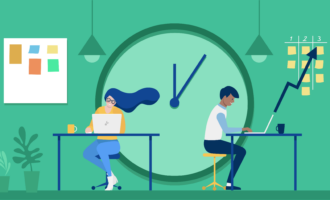







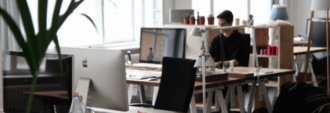
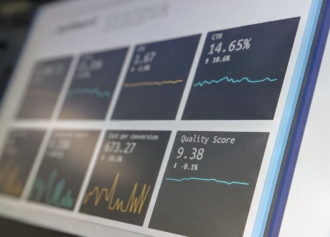
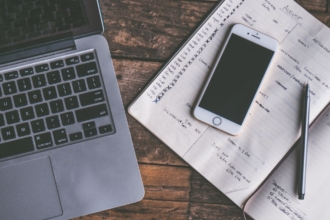






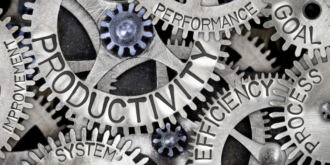

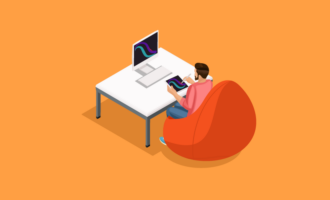


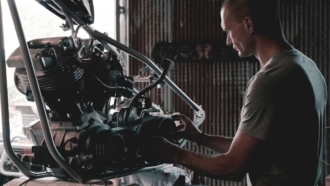
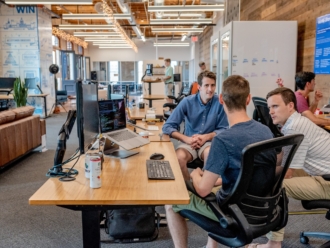

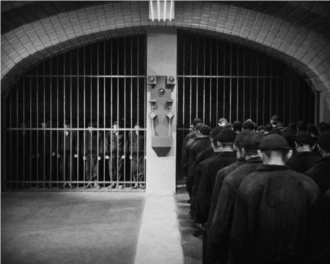




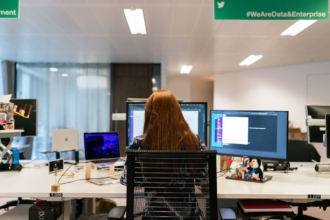

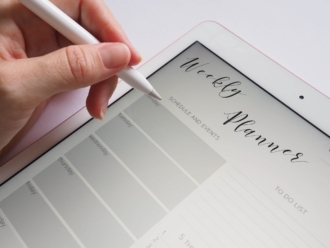




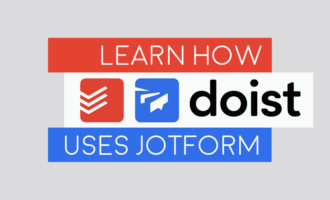


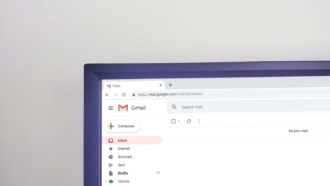


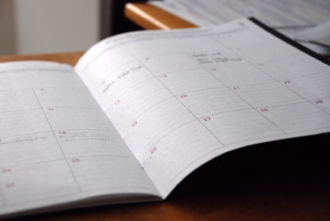
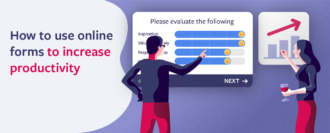



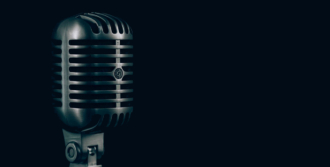
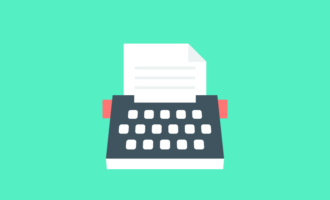
Send Comment:
1 Comments:
More than a year ago
Dear Aytekin,
happy to inform that this post has been included in the recent episode of our Productivity Articles roundup!
You'll find the entire article here:
Thank you so much for explaining to us why life optimization is not good for improving productivity!
Best,
Alex at TimeCamp